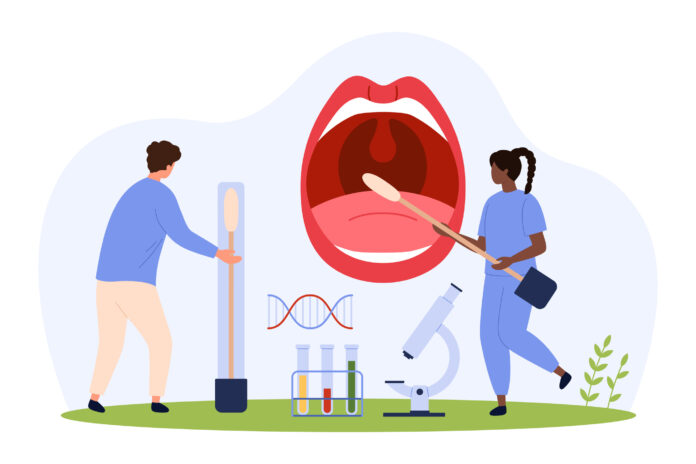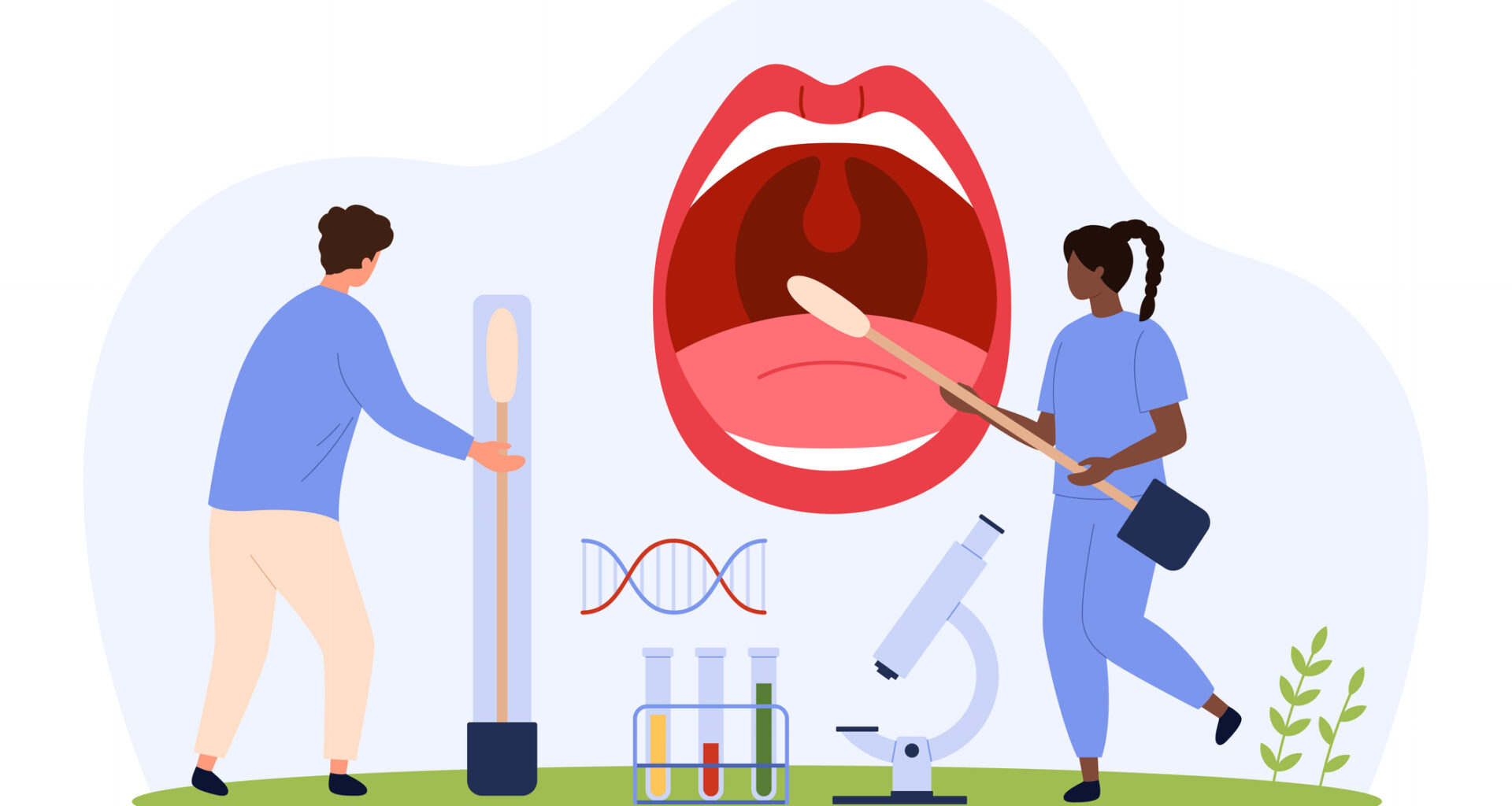 Credit: Iconic Prototype / iStock / Getty Images Plus
Credit: Iconic Prototype / iStock / Getty Images Plus
Jonathan D. Grinstein, PhD, the North American Editor of Inside Precision Medicine, hosts a new series called Behind the Breakthroughs that features the people shaping the future of medicine. With each episode, Jonathan gives listeners access to their motivational tales and visions for this emerging, game-changing field.
Kian Sadeghi is a young, dynamic entrepreneur reshaping the landscape of personalized genomics, spearheading a movement to make whole genome sequencing accessible, affordable, and consumer-driven. Through his company, Nucleus Genomics, Sadeghi offers a direct-to-consumer whole genome sequencing test that’s easy to use, priced at just over $400, and designed to empower individuals to take charge of their genomic data. His vision, however, extends far beyond affordability—he envisions a future where personalized healthcare is initiated by patients themselves, not clinicians, revolutionizing how we interact with our biology.
In this episode of Behind the Breakthroughs, host Jonathan Grinstein and Sadeghi explore this groundbreaking approach in a wide-ranging discussion that delves into the shifting roles of clinicians and insurers, the growing importance of patient agency, and the logistical and ethical hurdles to making genome sequencing available worldwide. They also tackle the significant issue of 23andMe’s recent bankruptcy, which was once a trailblazer in the industry. Sadeghi shares his perspective on what went wrong and how the lessons from its downfall can shape the future of personalized genomics. Could Sadeghi, 25 years old and a UPenn college dropout, become the Bill Gates of this field? It’s too soon to tell, but his bold ideas and relentless drive are already turning heads.
Highlights of this interview have been edited for length and clarity.
IPM: Why do you view personalized genomics as a cornerstone for healthcare?
Sadeghi: If you think about genomics progress over the last 100-plus years, it’s a science that’s gone from a clinical wet lab environment where the most important discovery is to be made to a computational one. After the Human Genome Project, genetics became data science. This wasn’t always the case. Gregor Mendel began playing with peas. Thomas Hunt Morgan conducted experiments with flies to derive many genetic principles. However, today, we derive genetic principles using computers. The infrastructure layer of reading a human genome—the Illuminas, Ultima Genomics, and Element Biosciences of the world—is becoming commoditized due to the decreasing cost of sequencing a human genome. It’s gone from $1 billion to just a couple hundred dollars, and it will continue to accelerate to zero. The buccal swab to the raw DNA file—that process will cost nothing. In other words, all the values will shift to the application layer or the software that analyzes and makes sense of the DNA data.
There’s still tremendous effort in interpreting the DNA and giving the customer and the provider insight into what someone’s DNA says about them. The good thing, from a technical and business perspective, is that once you start operating in the world of bits, once you start treating DNA as just a bunch of bytes, you start saying, “Wait a second; I can basically continually analyze and update all our models, and I don’t have actually to sequence someone again.” That is a profound insight that I think our customers have been delighted by because when you do a genetic test, historically, you did the test once, and if you wanted more genetic information, you’d have to do yet another test.
The reason why there are [thousands of] genetic tests is because each test looked at a different sentence, looked at a different page, and looked at a different word. But now if you can just read the whole book, what’s the point of having so many other tests? There will be one test, one swab, and one time to be infinitely analyzed and updated in the cloud. That’s how we think about it.
IPM: What is it about the direct-to-consumer approach that you think gives people the opportunity they may not have now to address future health issues?
Sadeghi: Historically, there’s been a false dichotomy between consumer genetics and clinical genetics. If you go back to 2006 when the cost of reading an old genome was $10 million a sample, you can’t do it. So, you have a choice: microarrays, gene panels, or sequencing small slivers of DNA. What happened was that the consumer companies went with microarray technology. The clinical companies went with gene panels, so if you use microarray technology like 23andMe, you can’t identify the most consequential hereditary disease markers. It’s remarkably insufficient.
We are consumer-initiated clinical grade, and then on the back, the doctor signs off on it. Nucleus Genomics is CLIA certified or College of American Pathologists (CAP) accredited; we’re a medical informatics laboratory, which is a very different approach than 23andMe. It is participatory medicine.
By targeting consumers, you’re leaning into the broader societal movement of consumers taking greater agency of their health and having a doctor be less of a paternalistic figure and more of a partner in helping you be healthy and also shifting health care from the kind of proverbial sick care system to one that is actually about making sure you don’t get disease in the first place. By starting with the consumer, you implicitly give them agency and treat them like adults. We’re starting with the person who receives the results and whose implications and results impact them versus going through another arbiter of someone’s health.
Medicare, the largest insurer in the United States, will cover a genetic test after you get breast cancer. How does that make any sense? By the time the insurance companies can keep up with the innovation in genome sequencing, it’ll cost a dollar to get your genome. You won’t need anyone to cover it because it will be cheap, ubiquitous, and easy.
It is probably the greatest preventative health measure possible because of its cheapness and consequence. How many health measures involve a cheek swab that could save your life? There’s no surgery, implant, or medical intervention.
DNA is a very stable molecule. You can ship it internationally to a faraway country, get the sample back, check the quality of the DNA, and then sequence it. It can be global. You can log in with your genome results if you have a smartphone, which most people worldwide do now. It’s devastating to think that we’re at this point in technology, and someone can’t access it. Why? What is the actual barrier to entry for consumers regarding genetic tests? There is no good barrier.
